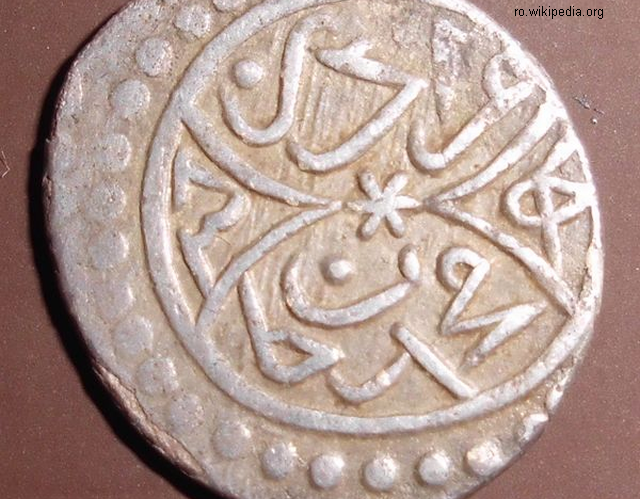Types of Currencies in Romania
A short history of Romanian currencies

Steliu Lambru, 18.01.2014, 11:59
Due to the many peoples and civilizations that intersected on Romanian territory, Romania used many types of currencies. Currencies were the main drive of trade relations between major centres, as well as a symbol of geopolitical control. The presence of a particular currency in an area was indicative of the area’s political status and involvement in trade exchanges with other regions. The Romanian territory was successively under the control of several empires that have left their mark on its currency and types of money.
The first coins attested in present-day Romania date back to the Greek colonies of Histria, Tomis and Callatis. But the first coins circulated throughout the intra and extra-Carpathian area were Roman. Rome’s influence extended to the Balkans starting the first century B.C. The Roman denarius dominated trade in areas that had no currency of their own. Historical evidence about the circulation of the Roman denarius under the Roman Republic was discovered particularly in Dobrogea, in south-eastern Romania, a province that fell under direct Roman rule in 46 B.C. Archaeological finds in various isolated digging sites show that the Roman denarius, both under the Republic and under the Empire, had a strong influence north of the Danube.
Despite the large waves of migration between the 3rd and 11th centuries A.D., Romania saw little change in terms of currency and coins. In the 11th century the northern border of the Byzantine Empire was re-established on the Danube, and the Byzantine follis became the official currency east and south of the Carpathian Arch. Dobrogea was even home to a famous mint between 1068 and 1081. In the 12th century, the Byzantine currency accounted for most of the currency circulated in the Lower Danube region and north of the River Danube. The monetary reform of Byzantine Emperor Alexios 1 between 1092 and 1093 translated into a massive inflow of billon and hyperpyron coins north of the Danube. Subsequent to 1204, the Latin Empire of Constantinople and the Greek states established in former Byzantine territories, such as the Empire of Nicaea or the Principality of Epirus, issued their own currencies.
In the 13th century, new coinage appeared, such as that issued by the kings of Serbia, the bans of Slavonia, the Venetian Republic and the Tartar khans in Crimea. The beginning of the 13th century also saw a large number of pfennigs issued by different mints in Austria entering the sub-Carpathian area. Other types of coins from Western Europe also entered the area together with these issues, such as denarii minted in Cologne and English sterling.
Following the Ottoman occupation of south-eastern Europe in the second part of the 14th century the Turkish asper was introduced to the Romanian provinces, where it stayed in circulation for a long time. The asper was issued by the Ottoman sultan Osman I (1258-1326), who was inspired by a type of coin issued by the Byzantine emperors of the Comneni dynasty of Trebizond known as “aspron”, which means “white, rough or uneven.” The asper was 900 parts per thousand silver, weighed 1.2 grams and was 18 mm in diameter. The largest deposit of Ottoman coins were discovered on 1st September 2013, when an amateur archaeologist found 47,000 Ottoman aspers issued during sultan Murad I (1404-1451) in the village of Goleşti, centre Romania. In Transylvania, which was controlled by the Kingdom of Hungary, in the 17th century we find ducats, talers and florins, silver and gold coins.
Starting in the 19th century, the modernisation and creation of the Romanian modern state came with the introduction of a new coin that reflects the state’s sovereignty. The period between 1830 and 1860, a time of transition and far-reaching transformation, was characterised by the use of fewer types of coins in the Romanian Principalities. The coming to the throne of prince Carol of Hohenzollern-Sigmaringen, a member of a western royal house, led to the adoption of a western symbol as the national coinage, on the 22nd April 1867. The inspiration for this new coin was the Dutch Thaler, which featured a rampant lion, a coin which circulated in the Romanian Principalities in the 17th century.





























